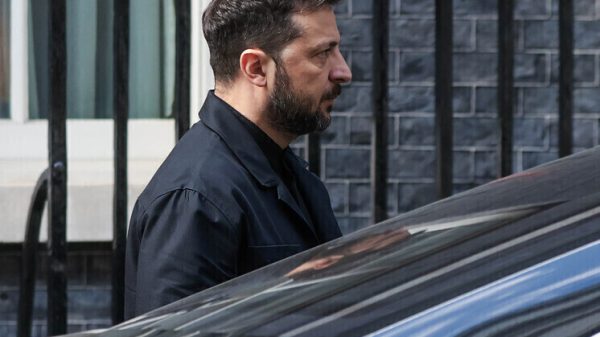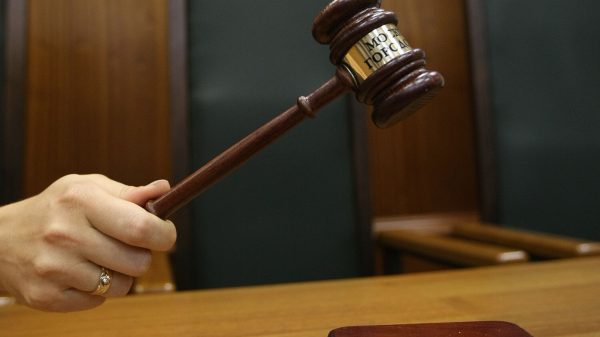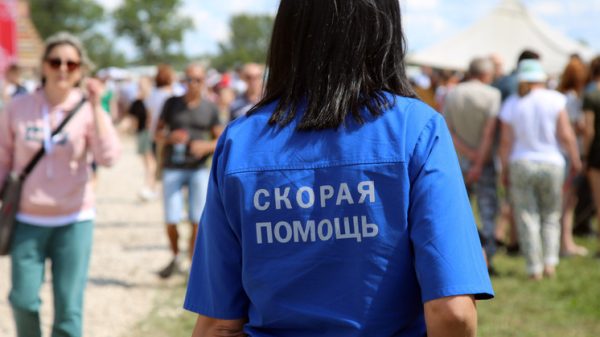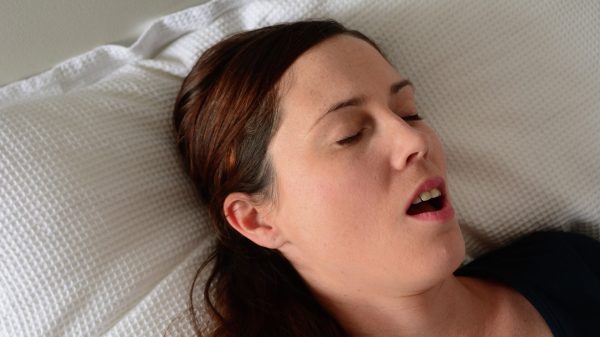Government hopes for a new year easing of the Covid pandemic are unravelling, with ministers forced into a U-turn on reopening primary schools and hospitals across the country struggling with rising numbers of severely ill patients.
As the crisis escalates, the Nightingale hospital built in London’s ExCeL centre is expected to take Covid patients next week, for the first time since the spring.
Hospitals in east London are under extraordinary pressure, while Essex and Buckinghamshire have both declared a major incident, which enables local leaders to seek government support. Other major hospitals around the country are preparing for the worst.
Warnings of a deepening crisis came as:
-
New cases topped 50,000 for the fourth day in a row, with nearly 24,000 people in hospital and 613 deaths recorded – one of whom was an eight‑year-old child with underlying health conditions.
-
Scientists confirmed that the new variant of the coronavirus increased cases during November by a factor of three.
-
The government bowed to a rebellion from councils school leaders and teaching unions over its “arbitrary” moves to close primary schools in some areas and not others. It now means that all London primaries will be closed except to vulnerable children and those of key workers until at least 18 January. The U-turn could prompt parents in other areas to demand that their schools shut.
Big hospitals in the capital such as the Royal London, Barts and UCLH are moving to convert wards into intensive care units to take more Covid patients. An email to staff from the Royal London hospital said it was now in “disaster medicine mode”.
Tracey Fletcher, the chief executive of Homerton hospital in Hackney, posted a graph on Twitter of their Covid admissions on New Year’s Eve, showing high numbers of patients in wards and critical care in every age group, from 27 between the ages of 25-44 to 41 who are 65-74 and 17 over 80. “Admitted patients = extremely sick patients. No-one is partying at @NHSHomerton tonight. Please comply with all Covid restrictions,” she tweeted.
In Essex, a major incident has been declared, with patients airlifted from an overwhelmed hospital in Southend to Cambridge.
The Essex Resilience Forum (ERF), made up of members of the NHS, emergency services and local authorities, said this week that the number of patients in Essex receiving treatment for coronavirus had now increased to levels exceeding those seen at the peak of the first wave.
Those numbers were expected to increase further in the coming days and that cases were particularly high in mid and south Essex.
Lisa Ward, a lead respiratory nurse for Southend hospital, tweeted last night that the hospital was in a “very bad way”. Ward pleaded with the public to stay at home after she finished her shift.
The Conservative MP Sir Bernard Jenkin requested armed forces assistance for Essex in the Commons, including for vaccine deployment and testing in schools.
Buckinghamshire also declared a major incident this week. The county council leader, Martin Tett, said: “Our rate in the over-60 years population is now putting our health and social care services under very severe pressure – the rates in this age group have gone up by over 60% and we think this will continue at least for the next two weeks.”
Although London is taking a big hit, with the big surge in cases linked to the variant form of the virus that took off first in Essex and Kent translating into hospital admissions, the rest of the country is not far behind according to the NHS Confederation, which represents NHS organisations.
Danny Mortimer, the confederation’s CEO, said hospitals were struggling. “It’s possible to cope, but in coping they’re making compromises that they wouldn’t normally make. They are having increasingly to cancel and rebook and disrupt care for patients who haven’t got Covid, they are having to staff areas very differently to how they would do normally as they repurpose theatres to be critical care or high dependency areas.
“They’re taking the same staff and spreading them more thinly as they’re experiencing increased levels of sickness absence, particularly because of the impact of the virus workforce on their workforce.”
He said nurses who should be in a team of four or five in an acute ward were finding themselves one of just three, with sicker patients, but they were working heroically hard.
“It is remarkable how people are coming on their days off, working extra shifts, working for hours, particularly over this Christmas and new year period to help out their colleagues, to help their patients. That’s all part of the NHS coping, but it leaves people pretty tired. And I think also that people are also coping with some very different things – the severity of the illnesses caused by Covid and the numbers of deaths that people are having to manage both in hospitals and elsewhere,” he said.
If the Nightingale hospitals – which were mostly mothballed after the spring – open again, there will be no new staff, but those now in hospitals will be spread even more thinly. Mike Adams, the Royal College of Nursing’s England director, told Sky News the expectation of a big rise in capacity through the Nightingale hospitals was misplaced. “If we are having to cancel leave to staff these areas, the obvious question is: where will the staff come from to open the Nightingales?” he said.
“I am sure there will be moves to open some beds, there are some beds open in different Nightingale hospitals in different areas of the country. I have real concerns that the expectation that this mass rollout in capacity can happen is misplaced because there aren’t the staff to do it.”
Many NHS staff are distressed by false claims on social media that hospitals are empty. Dave Carr, an intensive care charge nurse at St Thomas’ in London, who feels he can speak as a representative for the union, Unite, is one of many desperate for the public to know what is going on inside their hospitals at a time when misinformation about the virus is rife.
“The public needs to be aware of what’s happening.This is worse than the first wave, we have more patients than we had in the first wave and these patients are as sick as they were in the first wave. Obviously, we’ve got additional treatments that we can use, but patients are still dying, and they will die,” he said.
Carr added that while more lives were being saved at St Thomas’, those patients have to be hospitalised for longer, leading to more pressure on hospitals, “because we can actually fix more patients than we could the first time round”. He warned that St Thomas’ was now treating patients from other hospitals in the area which were near “collapse”.

























































Свежие комментарии